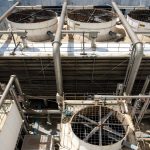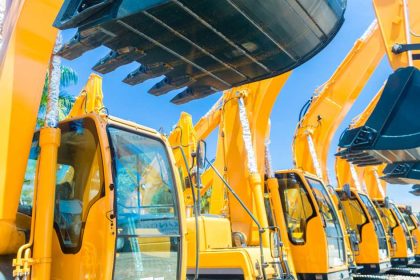Construction codes are once again facing a costly shakeup as experts attempt to make buildings more ‘livable’ in the aftermath of natural disasters.
Last week, a federal committee began its investigation into the response by insurers following the disastrous floods along Australia’s east coast back in 2022 that saw thousands of homes made “unlivable”.
While most buildings were left standing in the wake of the disaster, Chief Executive of the Australian Building Codes Board Gary Rake told the inquiry that the current building codes were only focused on keeping people inside a property protected during an emergency, not ensuring they could return home within the days after the disaster.
“The provisions of the code and the objectives of the code as they stand today, are focused primarily around life protection and human safety, less so around protecting the building,” said Rake.
“A building in a flood-affected area, if built to our standards today, would be structurally sound during the flood event … but it won’t necessarily mean the building can be occupied straight after the flood.”
According to the Treasury’s analysis, the natural disaster saw Aussies fork out a whopping $4.7 billion in repairs, with data revealing that a majority of Aussie homeowners (68 per cent) lived in local government areas affected by the floods.
With ongoing climate change set to only intensify future floods, Rake said it was about time the nation made some changes to homes in the firing line to allow Aussies to recover quicker and save on repair bills.
“Our remit doesn’t allow us to think about whether a person could move back into that property in a week, month, a year, forever,” he added.
Some states have already gotten the memo. Earlier this year, the Queensland government published new flood-resilient design guidelines to help housing withstand “multiple significant inundations” and allow occupants to clean, repair, and return to their homes more easily with minimal cost and disruption.
These guidelines detail measures such as elevation, wet-proofing (hard surfaces such as tiling and concrete for easier cleaning, utilities installed above the flood line) and landscaping to slow or redirect floodwaters.
But the federal board is yet to implement an enforceable national standard, only going so far as to add ‘climate resilience’ as an objective of building standards.
Without a commitment to improve the survival rates of Aussie property, Mr Rake warned that the updated codes could only make things more expensive for homeowners forced to rebuild.
“We wouldn’t want to transfer unnecessarily burden to residents who have already suffered in a natural disaster, but the use of modern codes also helps protect them for the future if they do rebuild in the same place,” he said.
“As we develop increasing stringency, as we change the rules to allow for the future, we think carefully about the costs and benefits of that, and one of the things that I think we’ll need to do for resilience.”







